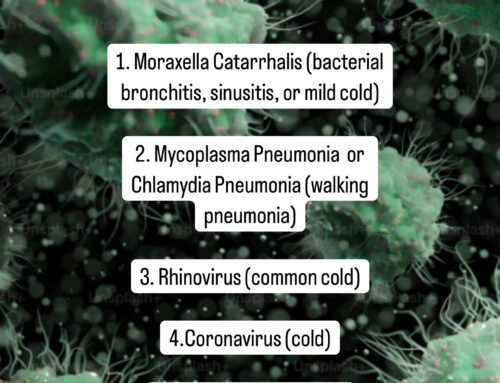We all know someone with Diabetes, but did you know that children comprise up to 10% of this population. This is the month to ask a few questions and learn how proud many Diabetics are to share their other world with you.
Diabetes happens when your body doesn’t make insulin. You need insulin so that you can use carbs for energy. Patients can get a pump to help them.
Ari Dexson Kollmeyer, age 5
If you know an adult with Type 2 Diabetes, ask them to share their experiences with your family this month. When I see early signs of diabetes (ie- darkening of skin on the neck called acanthosis nigricans), I ask that child to talk to an Aunt, Uncle, Grandparent or family friend with diabetes. I explain that they inject insulin every time they eat a meal. When type 2 diabetics share their experiences with at risk children, these children and parents readily change unhealthy eating habits.
What you should know:
 By 4 years of age, my son quickly realized that his life depends on being attached to an insulin pump. Beyond adjusting to this new reality, he quickly had to overcome his fear of needles. Children grow immensely when their daily routine and hurdles are different from others; it strengthens their unique character during a time that most crave uniformity. This month is a great time to let anyone living with diabetes shine and be the hero they truly are. Don’t hesitate to let them know you are proud of them!
By 4 years of age, my son quickly realized that his life depends on being attached to an insulin pump. Beyond adjusting to this new reality, he quickly had to overcome his fear of needles. Children grow immensely when their daily routine and hurdles are different from others; it strengthens their unique character during a time that most crave uniformity. This month is a great time to let anyone living with diabetes shine and be the hero they truly are. Don’t hesitate to let them know you are proud of them!
Common Signs of Type 1 diabetes:
• Bedwetting
• An increase in thirst
• Fatigue
• Weight loss
1. Hemoglobin A1c (HbA1c) should be screened annually for everyone. It is a measurement of the average amount of sugar in your blood vessels. When you have consistently high circulating levels of sugar in your blood, organs such as your heart, kidneys, nerves and blood vessels get “sticky.” Over years to decades, these organs have a hard time functioning. Your pediatrician can order your child’s HbA1c at an appropriate age depending on their risk level. Don’t be afraid to ask!
2. Glycemic Index is a system that ranks foods on a scale from 1 to 100 based on their effect on blood-sugar levels. The smaller the number, the less impact the food has on your blood sugar (and the better). High protein, high fiber foods will rank lower on the glycemic index charts. However, certain unhealthy foods like potato chips, may have a lower glycemic index than something like green peas but they have less nutrients. Therefore, eating green peas is still healthier.
3. Type 1 Diabetes most commonly affects children due genetics and environment. A child’s pancreas is attacked in an autoimmune fashion and after months or even years, the pancreas cannot produce insulin. Only 5-10% of people with diabetes have type 1. Currently, no one knows how to prevent type 1 diabetes, but it is managed by insulin administration with meals, living a healthy lifestyle, and regular health checkups.
Type 2 Diabetes is often milder and slowly progresses with Insulin insensitivity.


